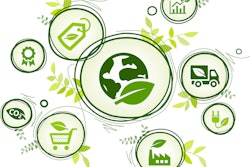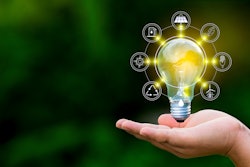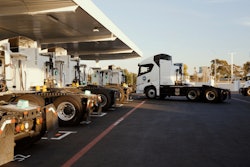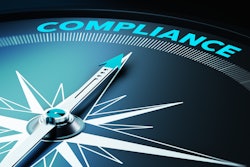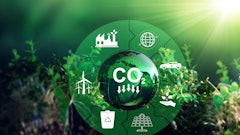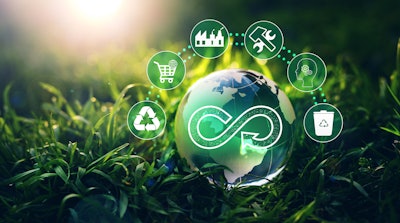
The transition from a linear to a circular economy represents a pivotal shift in our approach to production, consumption, and waste management, crucial for the lithium-ion battery supply chain's sustainability.
The linear economy, characterized by a "take-make-dispose" model, has dominated industrial processes for centuries, resulting in unprecedented resource depletion and environmental degradation. This model hinges on the continuous extraction of raw materials to produce goods that, once reaching the end of their useful life, are discarded as waste.
The recycling economy attempts to mitigate this wastefulness by reusing materials; however, it often falls short of true sustainability, still producing considerable landfill waste and pollution.
In contrast, a circular economy seeks to redefine products and services to design waste out, aiming for a regenerative system that maintains the value of products, materials and resources for as long as possible.
The necessity for a circular approach becomes particularly evident in the context of the burgeoning demand for lithium-ion batteries (LIBs), propelled by the clean energy transition and the global surge in electric vehicles (EVs). LIBs are at the heart of this shift, yet their production and end-of-life management encapsulate the challenges and opportunities of transitioning to a circular economy. The lead-acid battery recycling industry provides a stark lesson: despite achieving a high recycling rate, the reliance on smelting—emitting vast amounts of pollutants—exemplifies the inherent limitations of traditional recycling within a linear framework. Such practices, while recycling materials, perpetuate environmental harm, underlining the imperative for innovative solutions that align with circular economy principles.
The entrenched nature of these recycling practices, fortified by significant investments in existing technologies, poses a formidable barrier to adopting cleaner alternatives. This inertia is exacerbated by the absence of regulatory incentives to foster change, illustrating the complex interplay between technology, policy and market forces in advancing towards circularity. The transition to a circular battery economy necessitates not only technological innovation but also a paradigm shifts in regulatory and economic models to incentivize sustainable practices over established, polluting ones.
The journey toward a circular economy in the lithium-ion battery supply chain is fraught with challenges but is indispensable for achieving sustainability in the clean energy transition. By embracing circular economy principles and fostering technological and strategic collaborations, we can pave the way for a sustainable future where economic growth and environmental preservation are not mutually exclusive but mutually reinforcing. As we advance, it is incumbent upon us to champion such transformative approaches, ensuring that the lithium-ion battery supply chain exemplifies the principles of circularity, sustainability and resilience.




